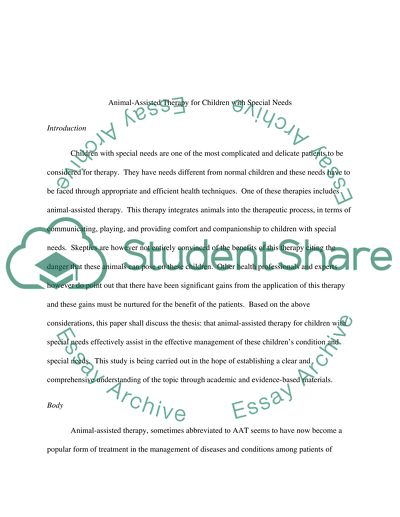Cite this document
(“Animal-Assisted Therapy for Children with Special Needs Term Paper”, n.d.)
Retrieved de https://studentshare.org/health-sciences-medicine/1391690-animal-assisted-therapy-for-children-with-special
Retrieved de https://studentshare.org/health-sciences-medicine/1391690-animal-assisted-therapy-for-children-with-special
(Animal-Assisted Therapy for Children With Special Needs Term Paper)
https://studentshare.org/health-sciences-medicine/1391690-animal-assisted-therapy-for-children-with-special.
https://studentshare.org/health-sciences-medicine/1391690-animal-assisted-therapy-for-children-with-special.
“Animal-Assisted Therapy for Children With Special Needs Term Paper”, n.d. https://studentshare.org/health-sciences-medicine/1391690-animal-assisted-therapy-for-children-with-special.


